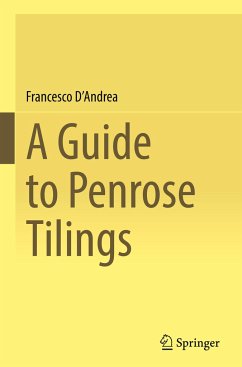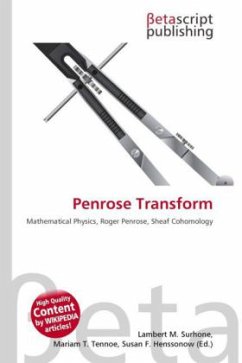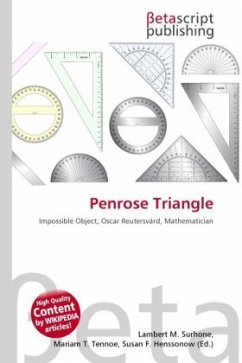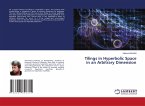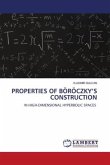This book provides an elementary introduction, complete with detailed proofs, to the celebrated tilings of the plane discovered by Sir Roger Penrose in the '70s. Quasi-periodic tilings of the plane, of which Penrose tilings are the most famous example, started as recreational mathematics and soon attracted the interest of scientists for their possible application in the description of quasi-crystals. The purpose of this survey, illustrated with more than 200 figures, is to introduce the curious reader to this beautiful topic and be a reference for some proofs that are not easy to find in the literature. The volume covers many aspects of Penrose tilings, including the study, from the point of view of Connes' Noncommutative Geometry, of the space parameterizing these tilings.
"The monograph is extremely well written, it contains all the necessary prerequisites, it explains the topic step by step and contains beautiful pictures. ... this is a very interesting monograph and I believe it can be highly recommended to anyone seeking an elementary introduction to plane tilings." (Piotr Pokora, zbMATH 1533.52001, 2024)

